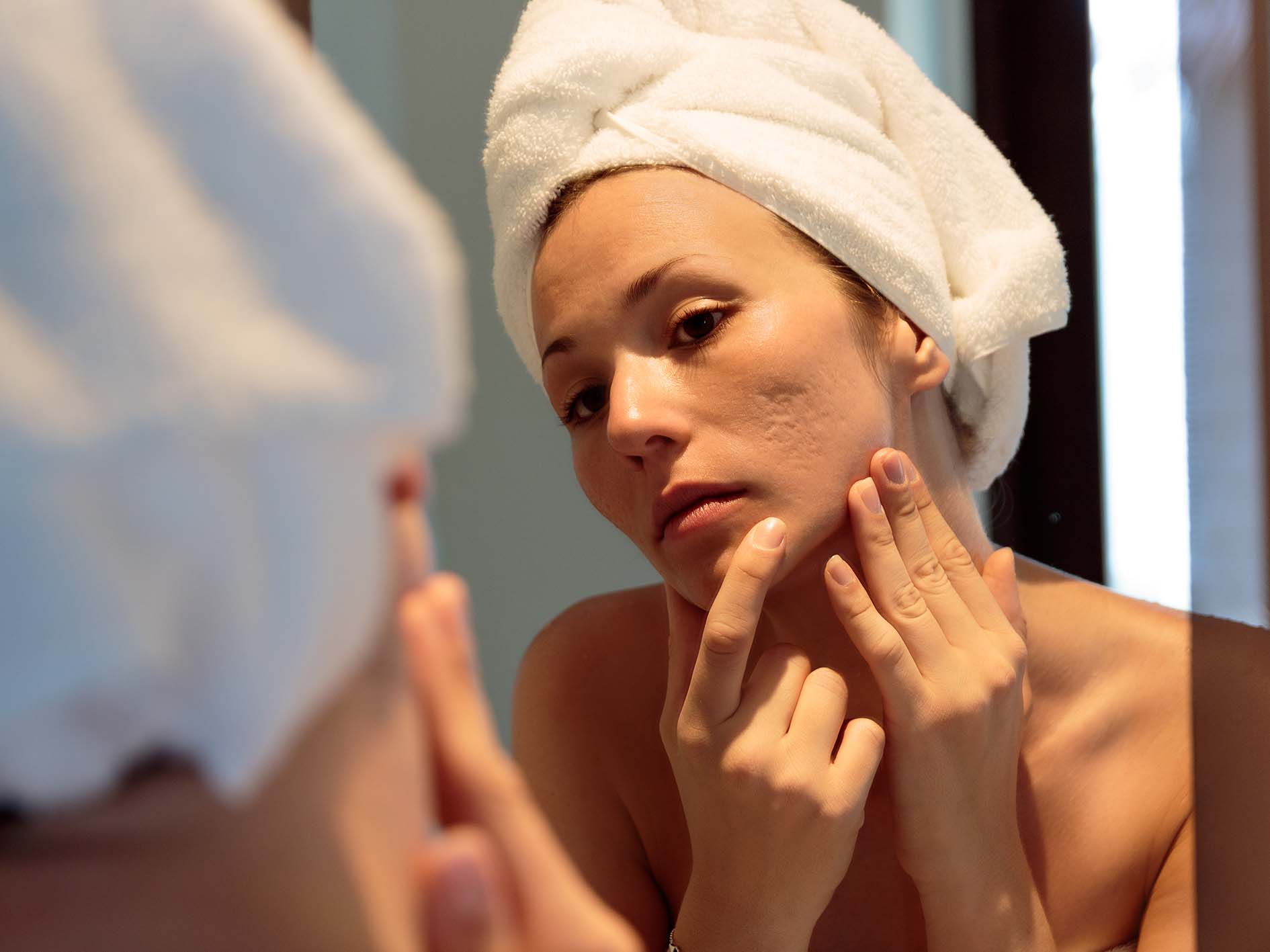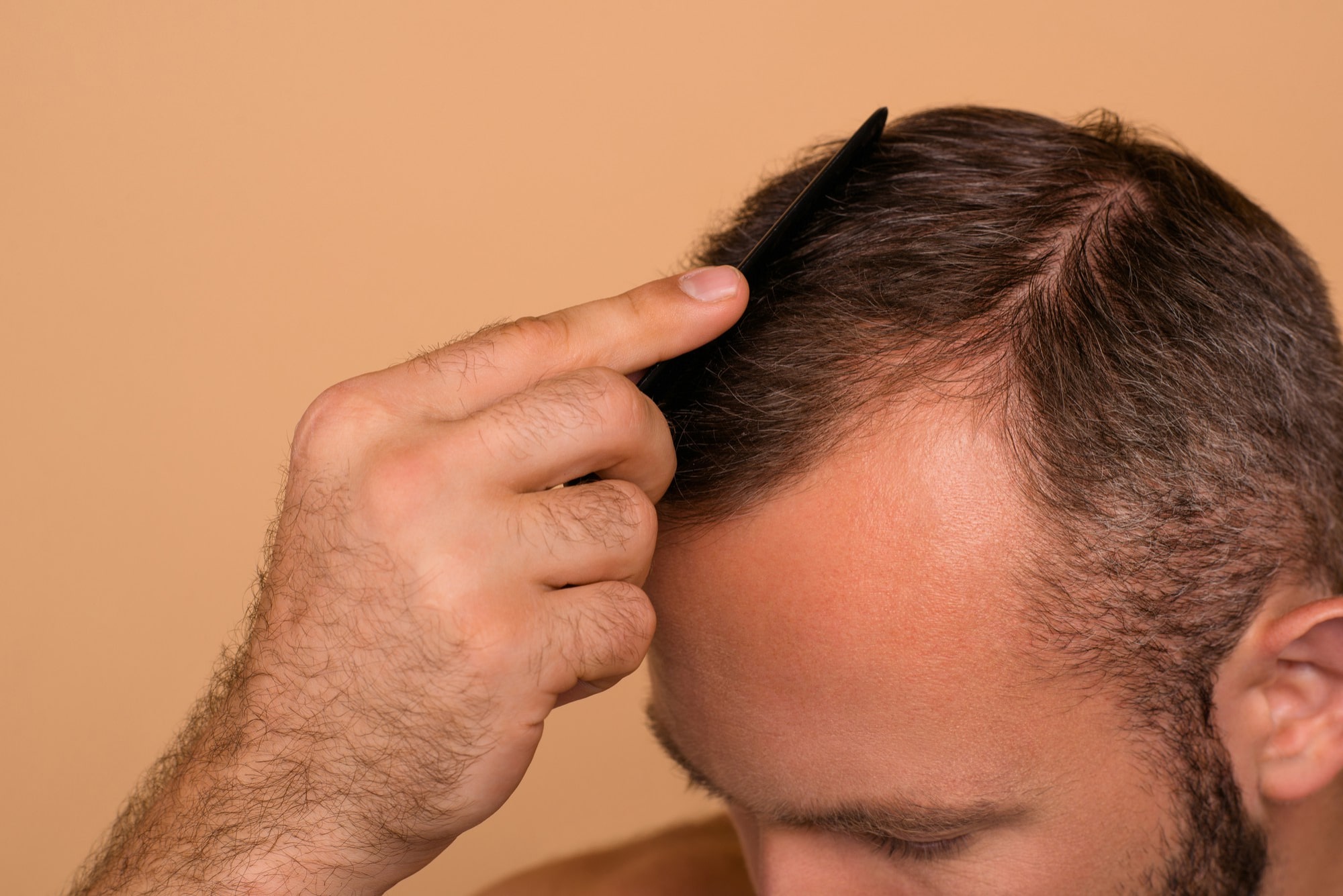What is a Scar?
Any wound heals with scar , that’s the normal body response. Plastic surgical techniques cannot make “ NO scar “. The techniques and expertise can only make scars less conspicuous and less perceptible.
Scars are generally less conspicuous if they can be made to follow a skin line.
Meticulous surgical technique is required to obtain an inconspicuous scar. For a wound to heal as a good scar without Hypertrophy(becoming big), adhesion, or contracture, the processes of scar formation and remodeling must follow a precisely chartered, finely tuned course.
Why do some scars become bad ?
The final appearance of a scar depends more on the type of injury than on the method of suture. Bruising and infection, traumatic tattooing, improper orientation of a wound, on closure predict a poor outcome.
• Differences among suture materials or devices are of negligible importance to the result, but other technical factors of suture placement and removal do affect the final scar.
• Immobilization is as important in soft-tissue healing as it is in bone fractures. Tension across the wound causes minute wound disruptions and subsequent excessive scarring.A variety of genetic and environmental causes has also been implicated in the causation of abnormal scars.
What’s the right time to address a Bad Scar?
A scar usually looks its worst between 2 weeks and 2 months after injury. Scar revision should await scar maturation, which can take from 4 to 24 months depending on the type of injury as well as on the patient’s age and genetic background.
The only exception to this rule is when there is loss of function—eg, scars crossing concave surfaces ,which tend to contract into tethering bands that prevent full movement at joints.
What are the options for treating Scars ?
Non-surgical options include pressure, silicone gel, injection of steroids, anti-cancer drugs directly into scars, radiation and newer immunotherapy. Lasers also play a major role in some scar corrections
What is the role of Surgical correction for scars ?
Keloids that are resistant to Non Surgical measures can be considered for surgical excision. Surgery
alone is associated with recurrence rates of 50%–80% and is therefore indicated only in compliant patients who are willing to undergo adjuvant therapy postoperatively to try to avoid a recurrence.







